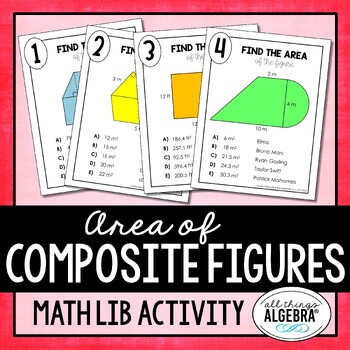My earliest
memory of math is from way back in grade three, which is over thirty years ago.
We had to memorize our multiplication tables. The class would chant as a
collective, while the teacher pointed to where we were on a chart. I knew my
multiplication facts inside and out. Unfortunately, I did not really have a
grasp of what multiplication was or meant. Luckily, that did not seem to matter
to my teacher. The class would often play a multiplication “racing” game. We
would form two lines, side-by-side, on one end of the classroom. The teacher
would stand somewhere in the middle of the room facing us, and she would hold
up multiplication flash cards. The first student to answer the question
correctly would move forward one step. The first to the finish line was the
winner. I was very competitive and was very often the winner, thanks to my
diligent work done at home, repeating the times tables over and over each
night.
In grade three,
this was fun for me; unfortunately, the fun in math did not last and things
went downhill from there. Not my grades, though—my math grades remained
exceptional. I was always good in math, and by good I meant that I was able to
memorize formulae and follow prescribed algorithms to arrive at the correct
answer, in the exact way the teacher expected. Unfortunately, as the years
passed, math was no longer fun for me. Despite my grades, I did not really feel
like I completely understood it. I did not know why the steps involved were
important to follow, and, just like with multiplication, I did not understand
what many concepts meant. Math class always started with taking up the previous
night’s homework. We would then move on to definitions, formulae, algorithms,
and procedures. Next, it was time to watch the teacher put an example up on the
board. Finally, homework would be assigned. This was the same, day in and day
out—a never-ending cycle.
As an educator
in the 21st century, I feel that it is essential to move away from
this model of teaching. Rather than the student being a “blank slate” and the
teacher the giver of knowledge, we must make math meaningful. Kyle Pearce and Jon Orr are two math educators who
are revolutionizing the mathematics classroom. They strive to “make math moments that matter” . They
share their strategies on how to create a classroom where students want to keep
exploring. The main idea is that the way I learned math is not how it should be
taught today because that format rarely leads to students becoming interested
or curious about math. They suggest that we start with some kind of a hook
activity to spark the students’ curiosity. Then we let the students explore the
topic. Let them come up with strategies and answers of their own on how to
solve the problem. After they have made sense of it all on their own, or at
least tried, then we come together as a group to consolidate our learning. Looking
at this model from a young student’s perspective, I can see how this would
certainly make the learning more meaningful, less boring, and highly engaging.


